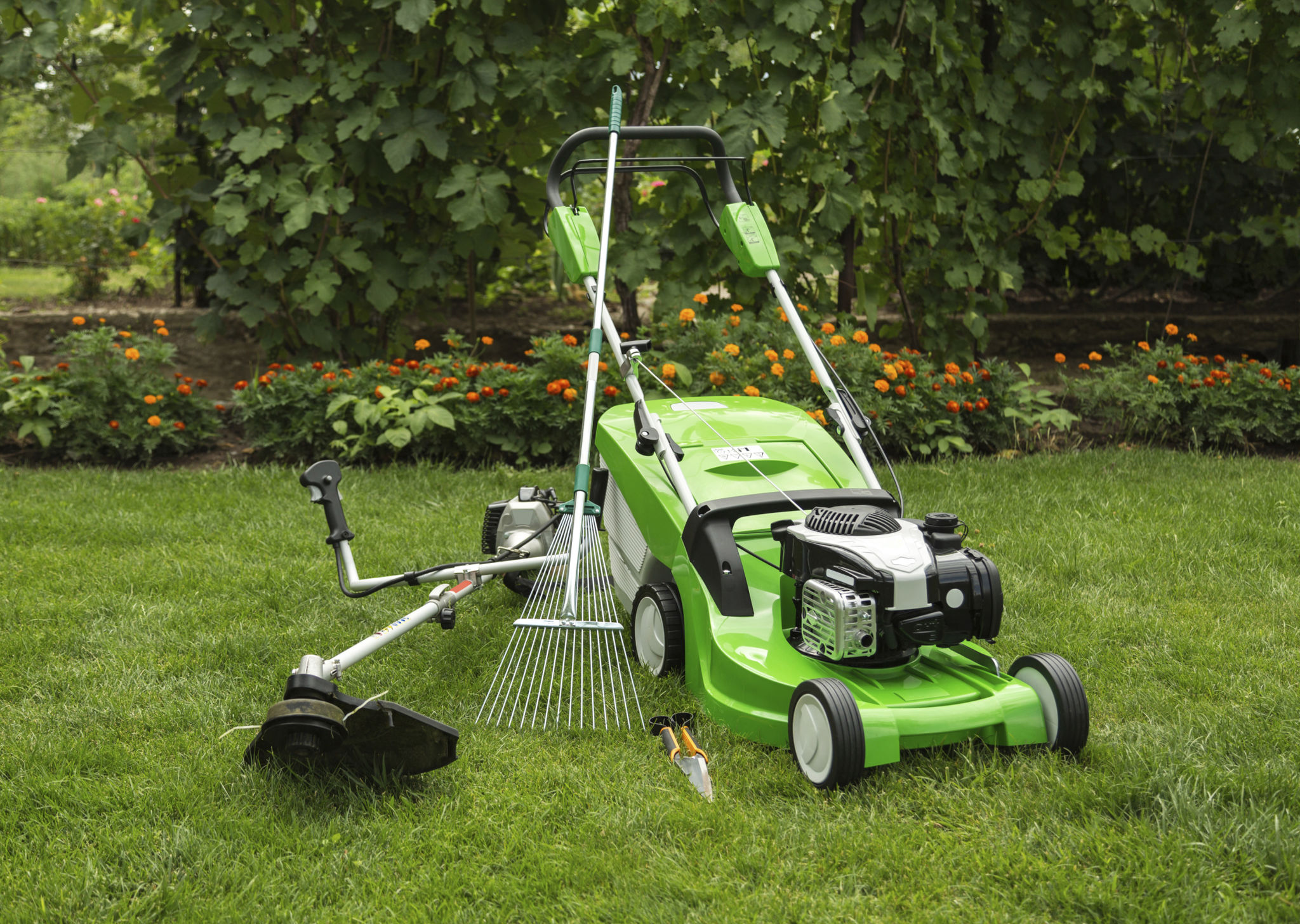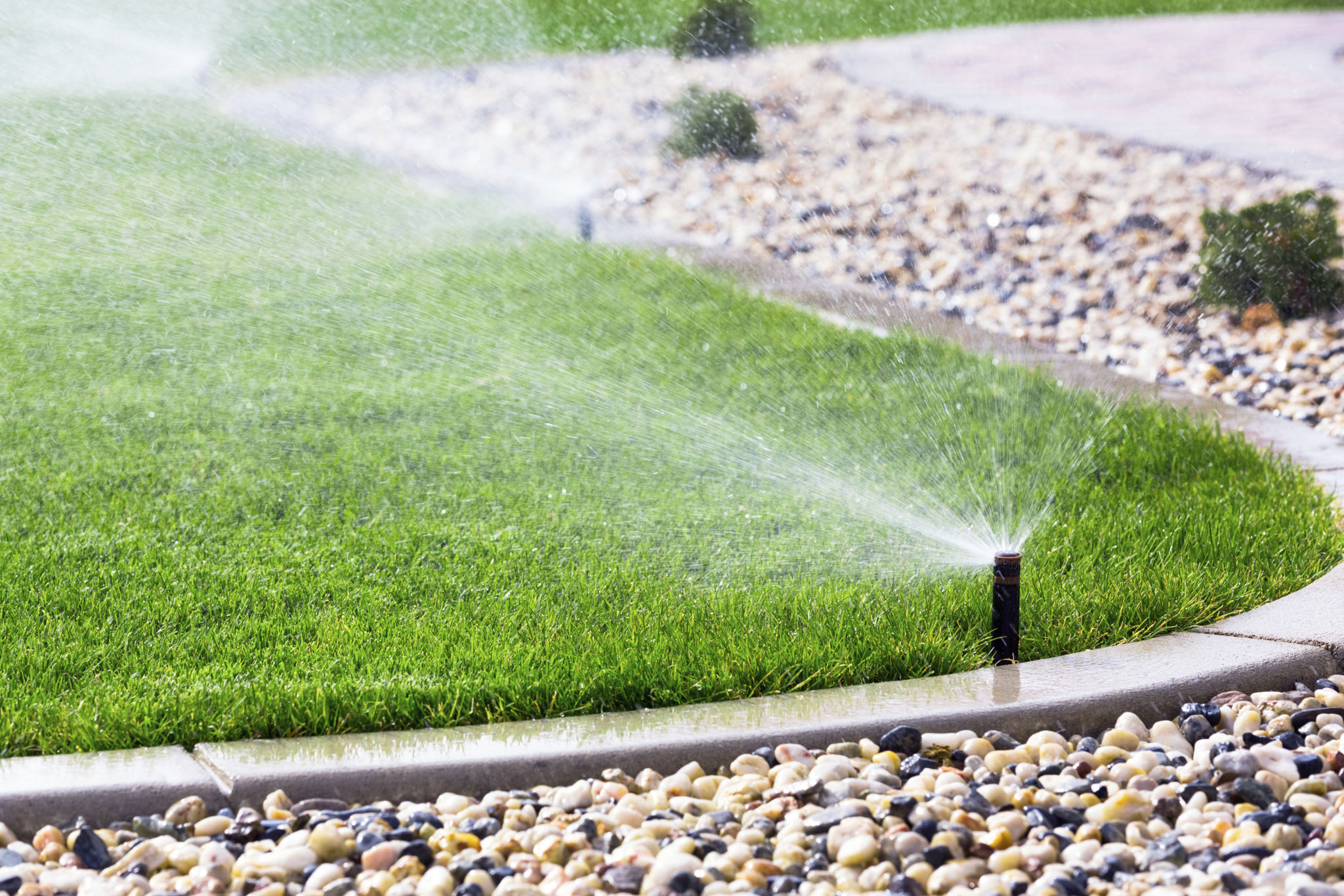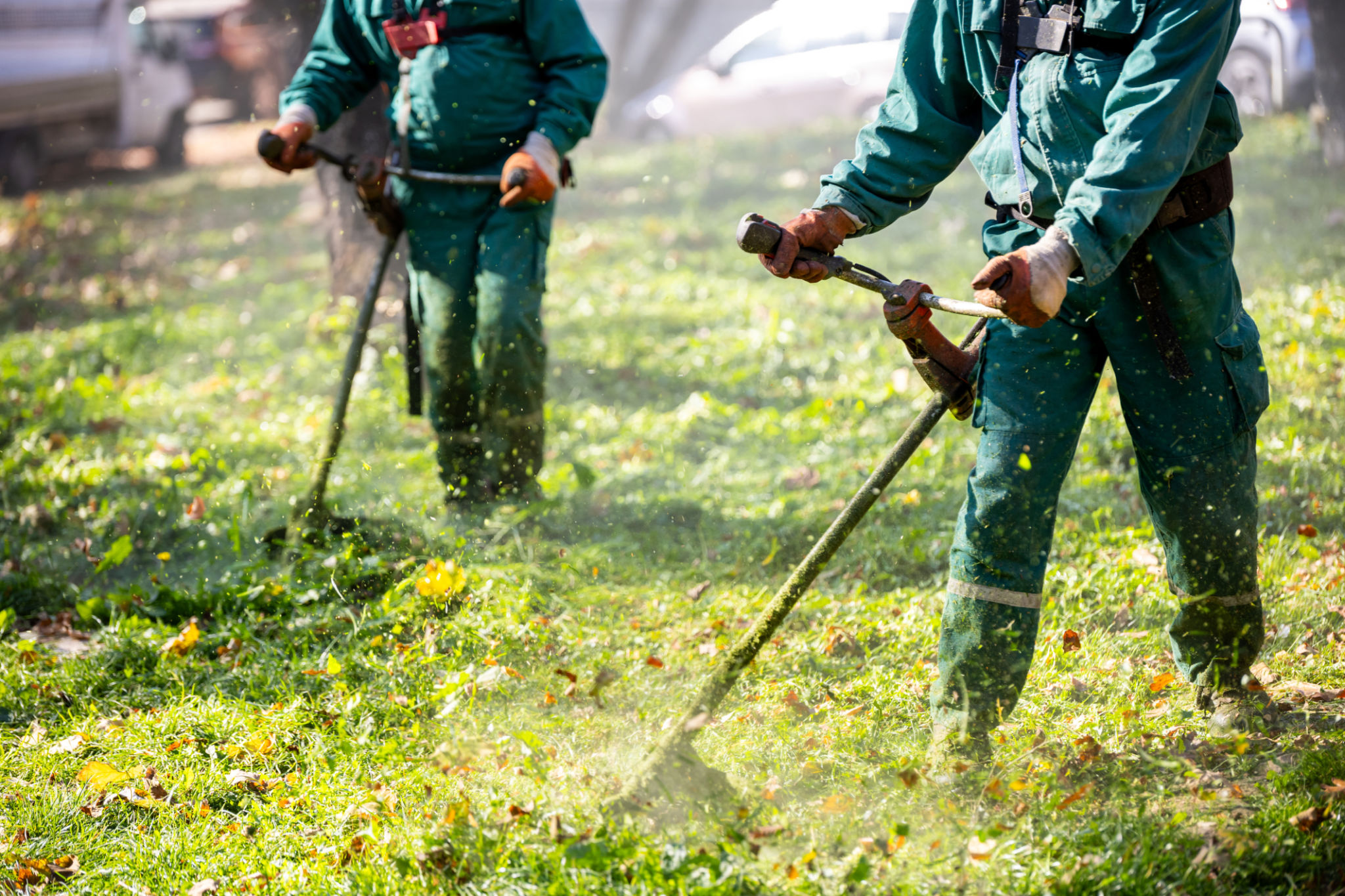DIY Lawn Care Tips for Hamilton Homeowners
Understanding Your Lawn's Needs
Every homeowner in Hamilton knows the pride of a well-maintained lawn. The first step in DIY lawn care is understanding what your specific lawn needs. The climate in Hamilton can be challenging, with its blend of warm summers and cold winters, so it's important to choose the right grass type and care routine.
Start by determining the type of grass you have or want, as different types require different care techniques. Consider factors like sunlight exposure, soil type, and the amount of foot traffic your lawn receives. With this foundational knowledge, you can tailor your approach to better meet your lawn's unique needs.

Essential Lawn Maintenance Practices
Mowing
Mowing your lawn may seem straightforward, but doing it correctly is crucial for maintaining its health. Always ensure your mower blades are sharp, as dull blades can tear the grass, leading to brown tips and increased susceptibility to disease. Aim to cut your grass to a height that supports robust growth, generally around 2.5 to 3 inches for most types of grass in Hamilton.
Watering
Watering is another critical aspect of lawn care. Hamilton's weather can be unpredictable, so it's important to water deeply but infrequently to promote deep root growth. Early morning is the best time to water, as it reduces evaporation and fungal diseases that can occur from overnight moisture.

Feeding and Fertilization
Fertilizing your lawn gives it the nutrients it needs to thrive. In Hamilton, it's best to apply fertilizer in early spring and fall. Choose a fertilizer that matches your grass type and follow the instructions carefully to avoid over-fertilization, which can harm your lawn and the environment.
Consider using organic fertilizers, which are not only better for your lawn but also for the local ecosystem. Regular soil testing can help you understand the nutrient levels in your soil and adjust your fertilization plan accordingly.

Dealing with Weeds and Pests
Weeds and pests can quickly become a nuisance if not managed properly. Regularly inspect your lawn for common weeds like dandelions and crabgrass. Hand-pulling is effective for small infestations, while natural herbicides can help with larger areas.
For pest control, identify the specific pests affecting your lawn. Beneficial insects like ladybugs can naturally control some pest populations, reducing the need for chemical pesticides. If necessary, opt for environmentally friendly options that are safe for pets and children.
Seasonal Lawn Care Tips
Caring for your lawn requires different approaches throughout the seasons. In spring, focus on cleaning up debris and aerating the soil to improve air and nutrient penetration. Summer requires more diligent watering and mowing practices due to higher temperatures.
During the fall, prepare your lawn for winter by applying a winterizing fertilizer and continuing regular mowing until the first frost. In winter, minimize foot traffic on your lawn to prevent soil compaction and damage to dormant grass.

Conclusion
By following these DIY lawn care tips, Hamilton homeowners can enjoy a lush, green lawn year-round. With regular maintenance and attention, you'll not only enhance your home's curb appeal but also create a welcoming outdoor space for family and friends. Remember, each lawn is unique, so adapt these tips to fit your specific needs and environmental conditions.
